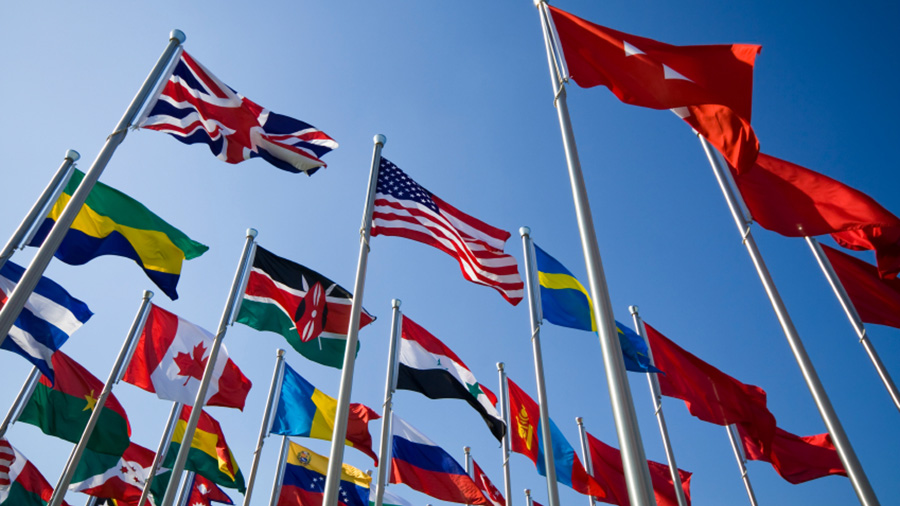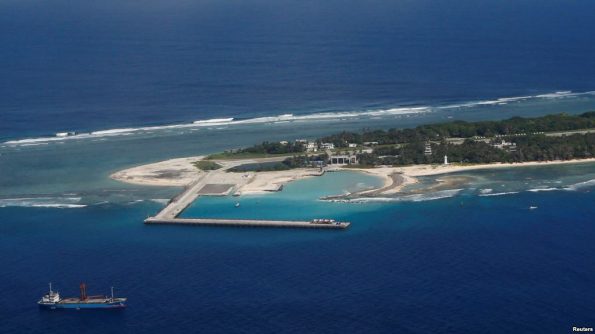
Summary
Daily turmoil on a global scale is giving business leaders and investors plenty of reasons to keep investments close-hold and their head down as they confront major challenges. New markets, new locations, cross-functional teams, plus uncertainty add risk, delay, and complexity to the business modeling. Strategy must be linked with design and implementation. Today’s success demands integrated and expanded social networks linked through centers of commerce.
Analysis
The current US Foreign Policy seeks to maintain a balance of power among Nation States. The US expects to confront all manner of persistent conflict through a global engagement strategy.
Although there are different political, military, economic, and social elements that compose the National Security Strategy, the strategy generally relies on cooperation, strength, and power to develop desired security end-states. Trade partnerships, and as well as military security-force -assistance engagements and programs remain the primary means of achieving the desired ends. These activities seek to build partner capacity while stabilizing and improving existing governmental structures. The expected results include an increased sharing of techniques and knowledge to improve skills and education in formal and informal settings, improving quality of life, and in some countries, to arrest the dichotomy between power and morality in governance. This opens the door for what ultimately could become a shared understanding of democratic concepts to improve meaning, purpose, and positive impact on people at a personal level.
Globalization connects every geopolitical region in real-time with mutual impact through the process of exchange. The US Financial crisis of 2008 and immediate bleed-over to the Eurozone provides a glaring example of our global interconnectedness and vulnerability.
Published in Political Reflection Magazine Vol. 4 No. 1



